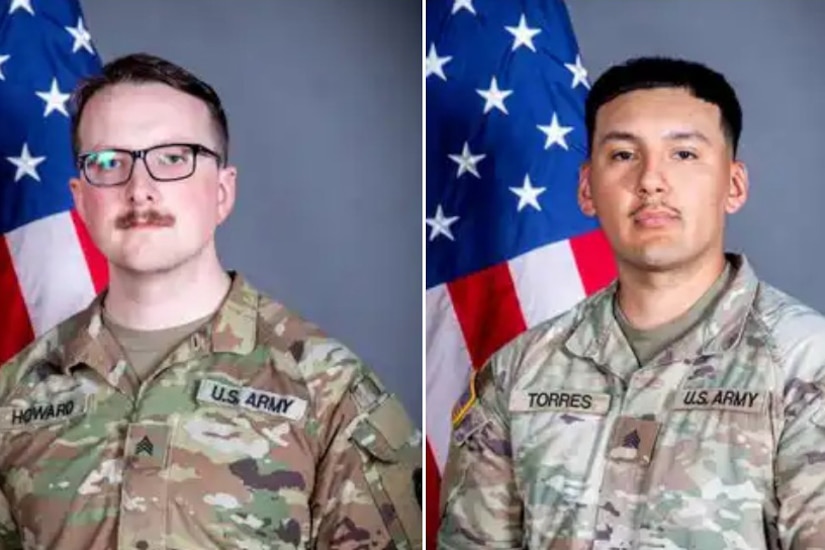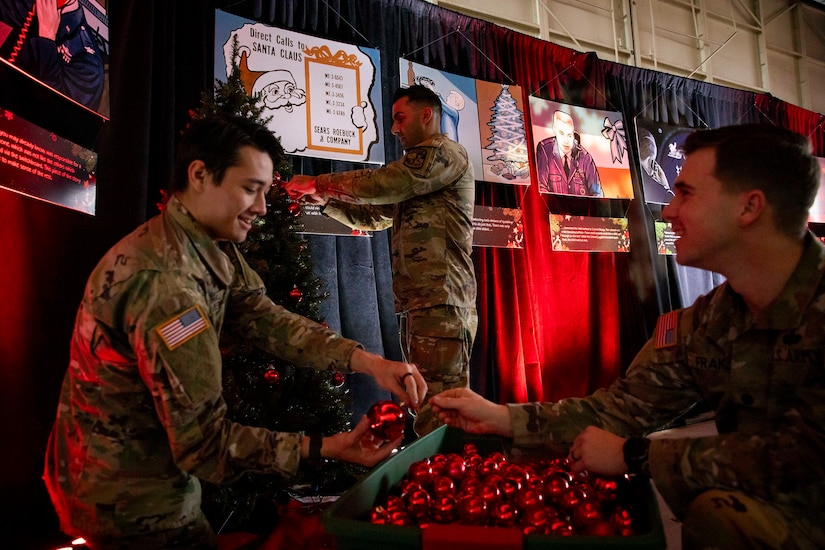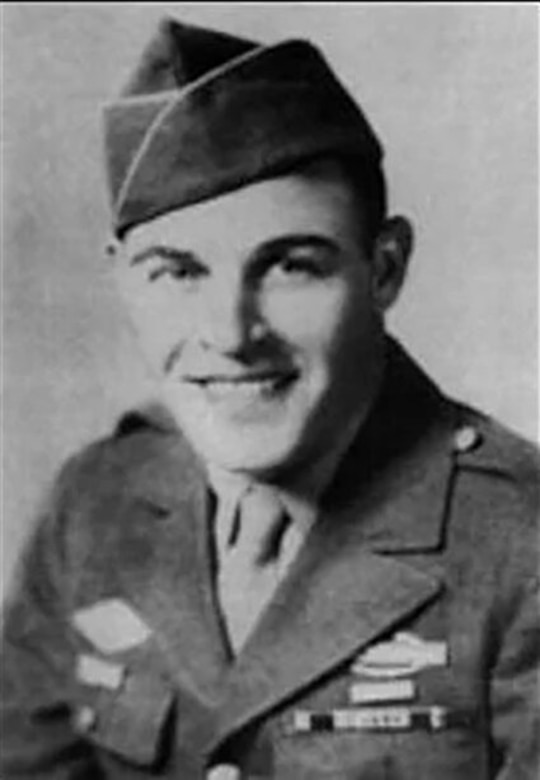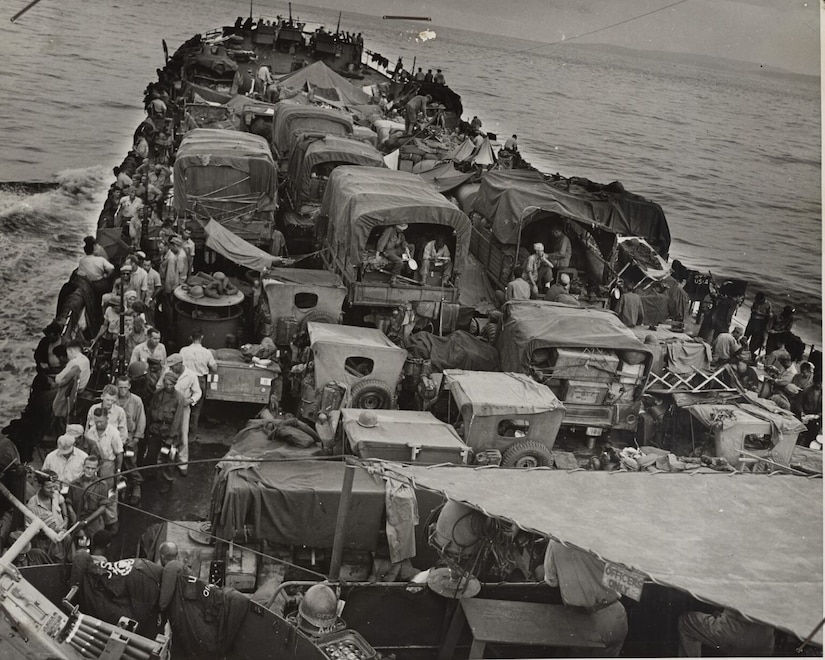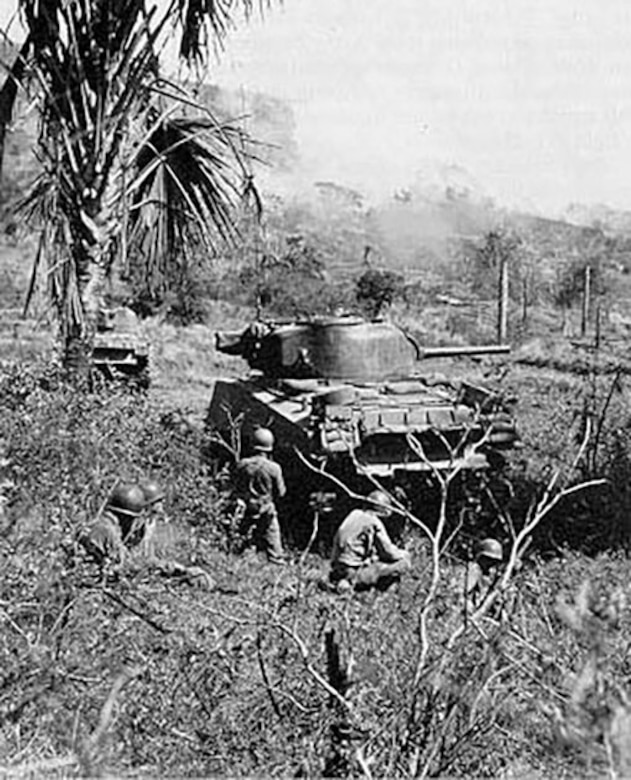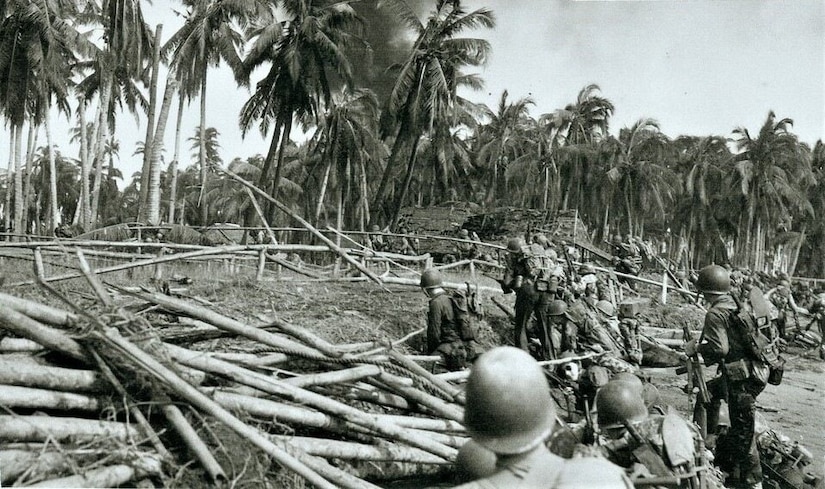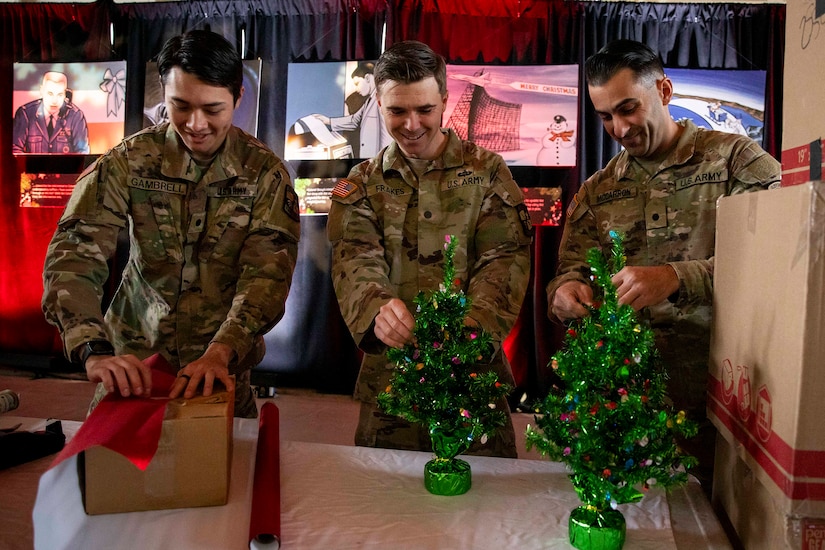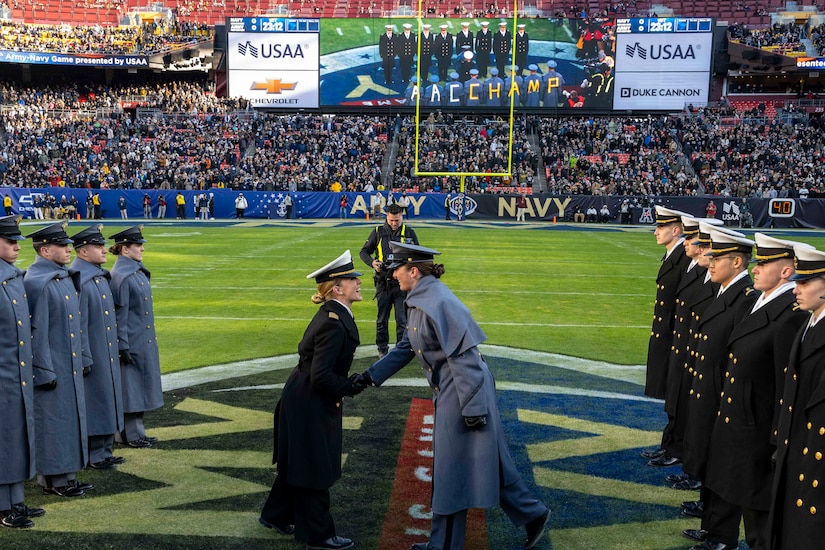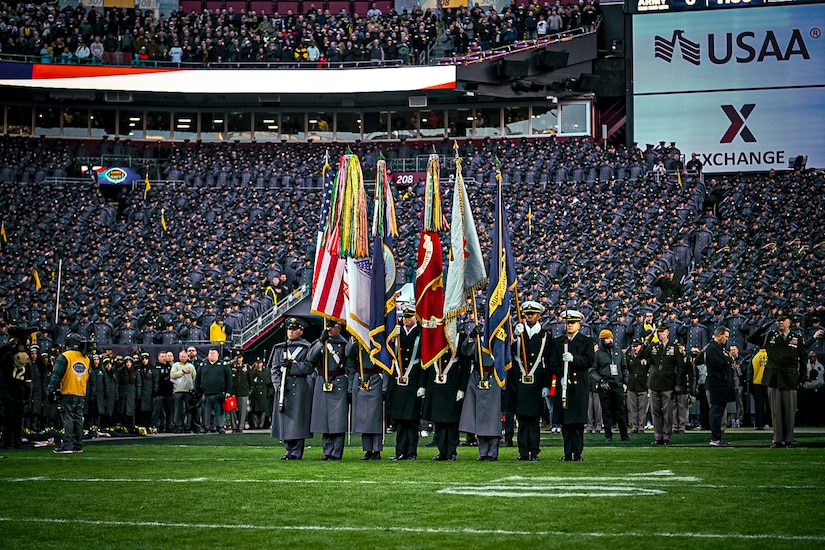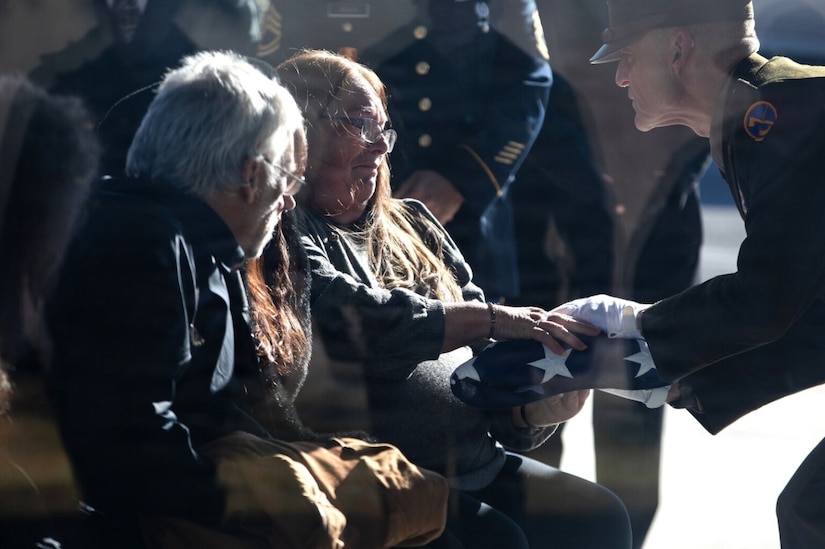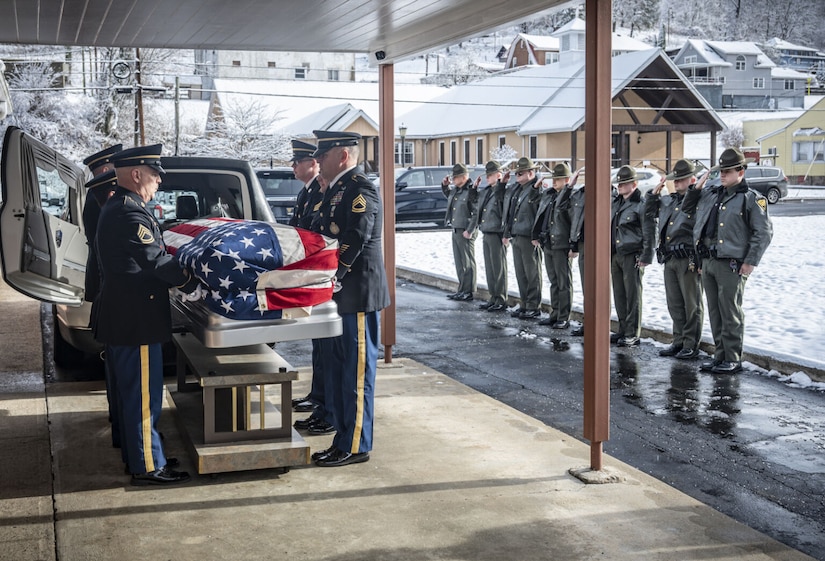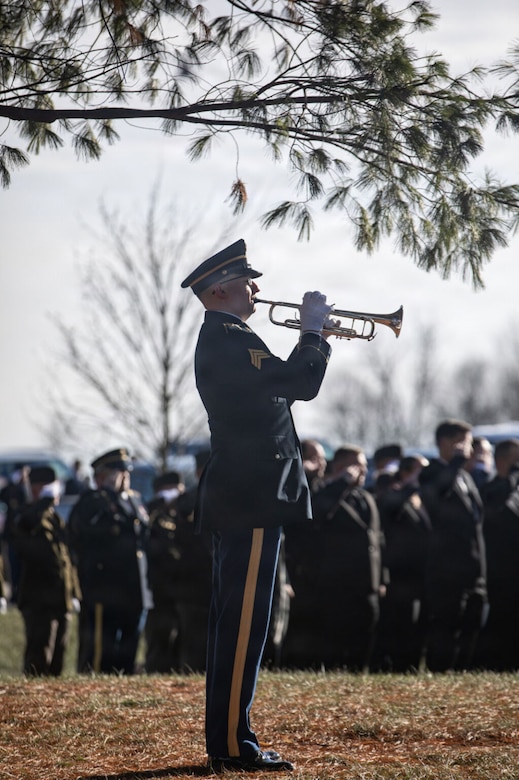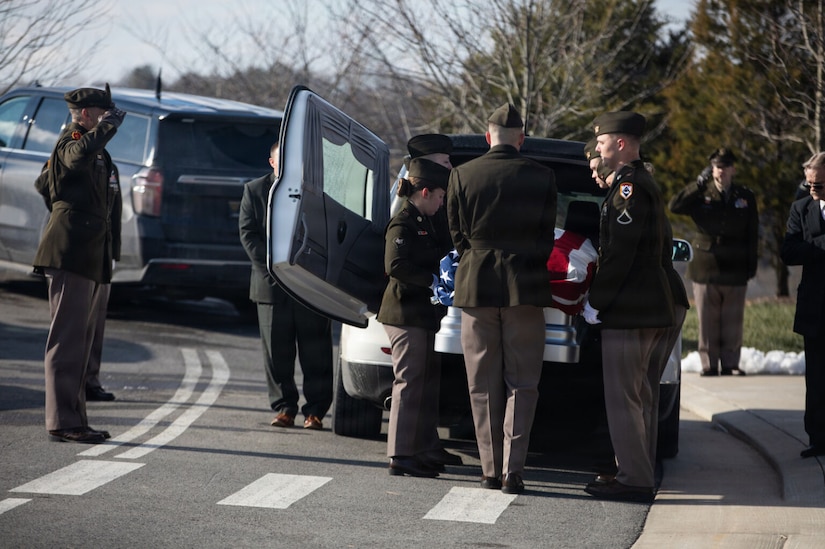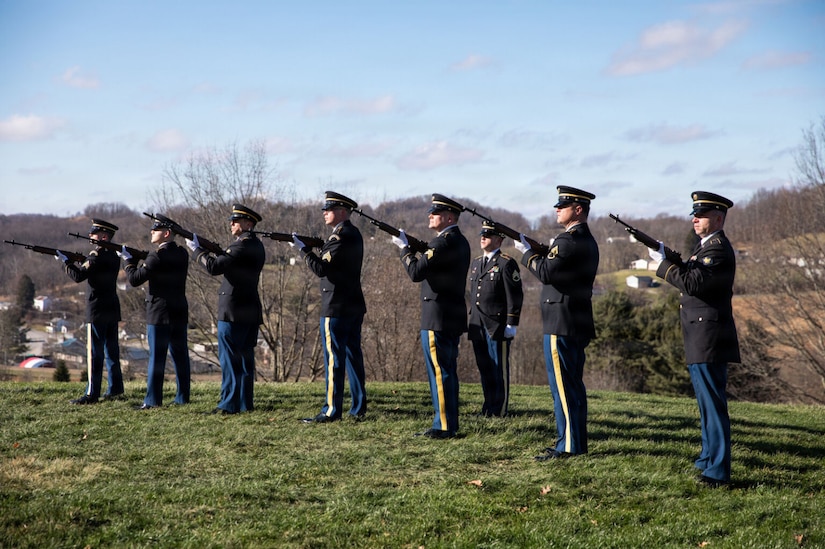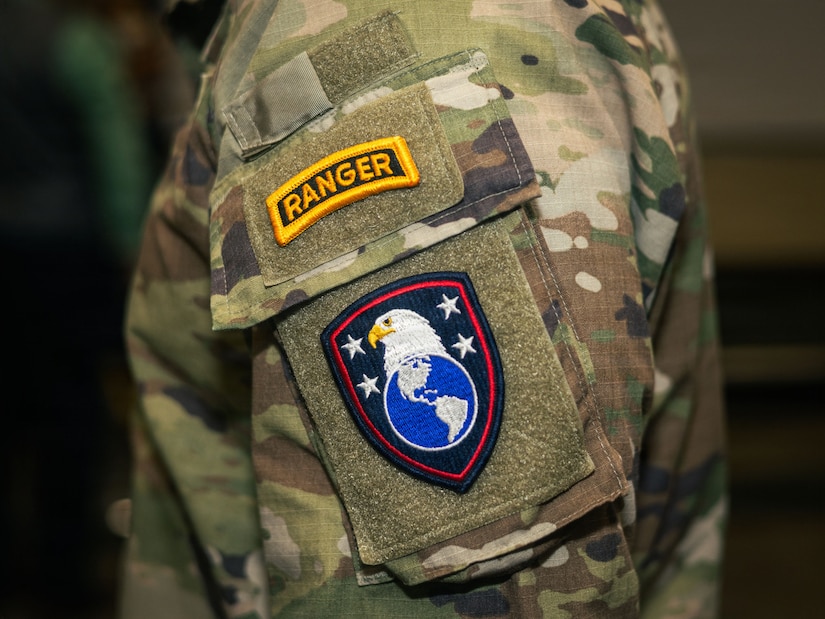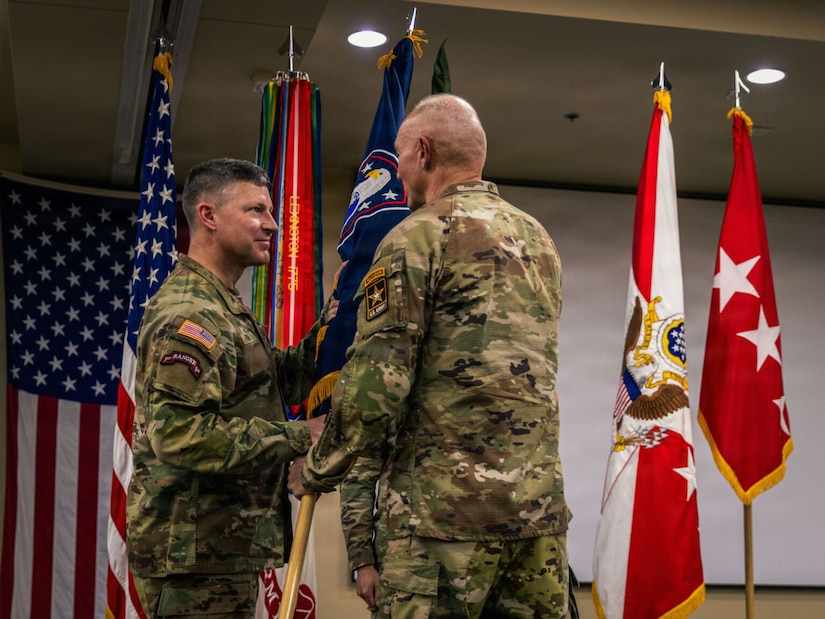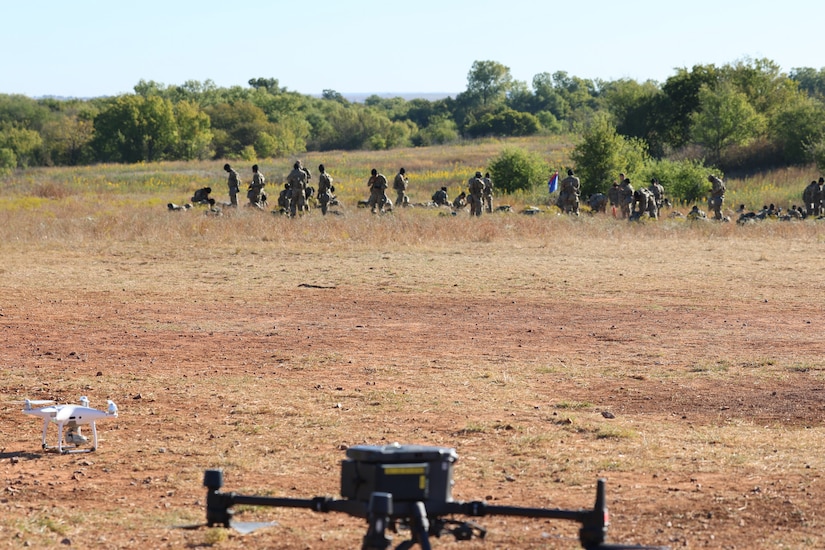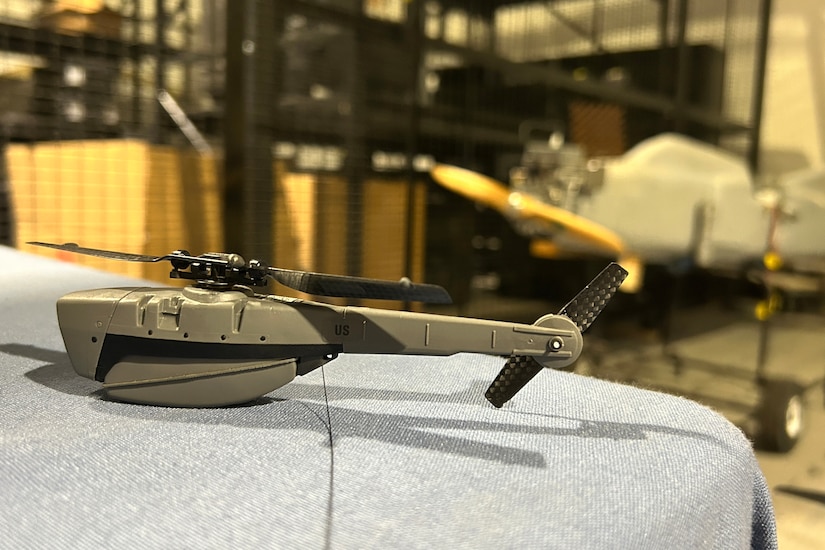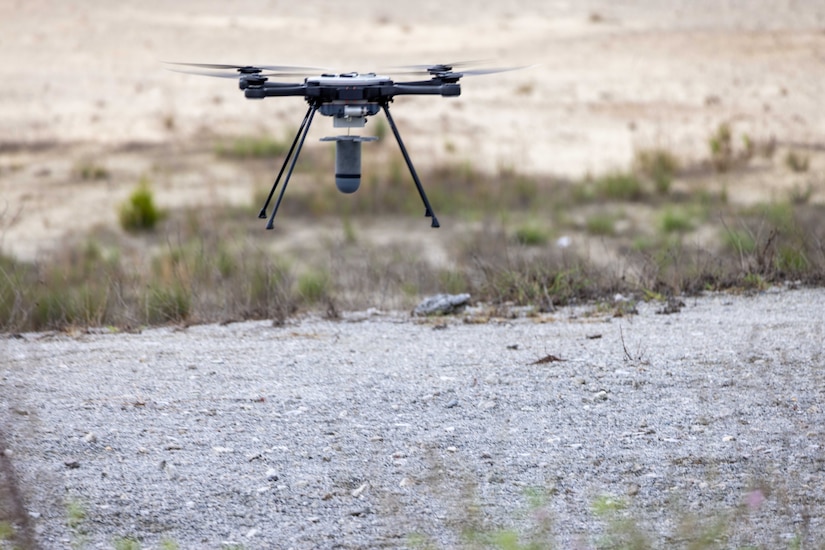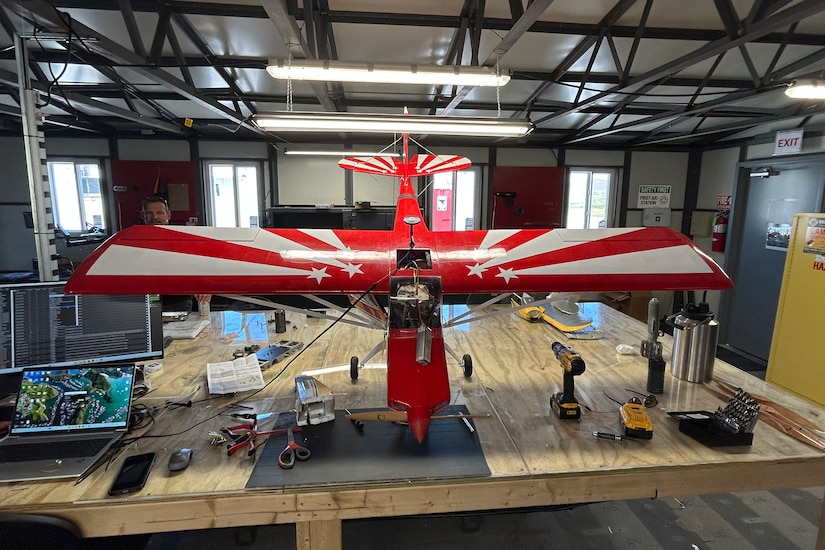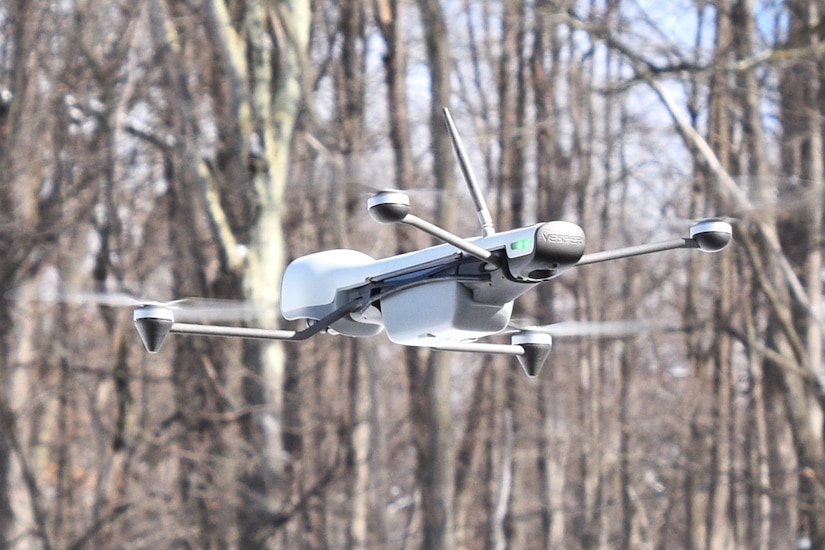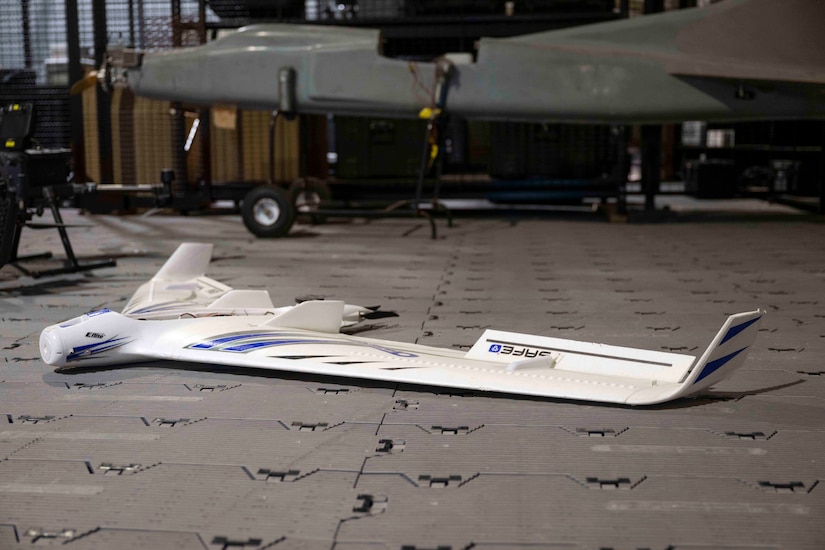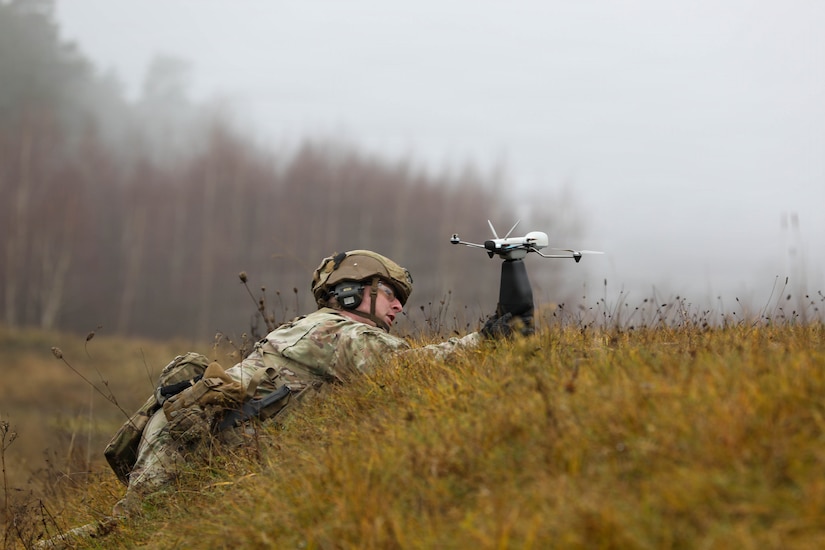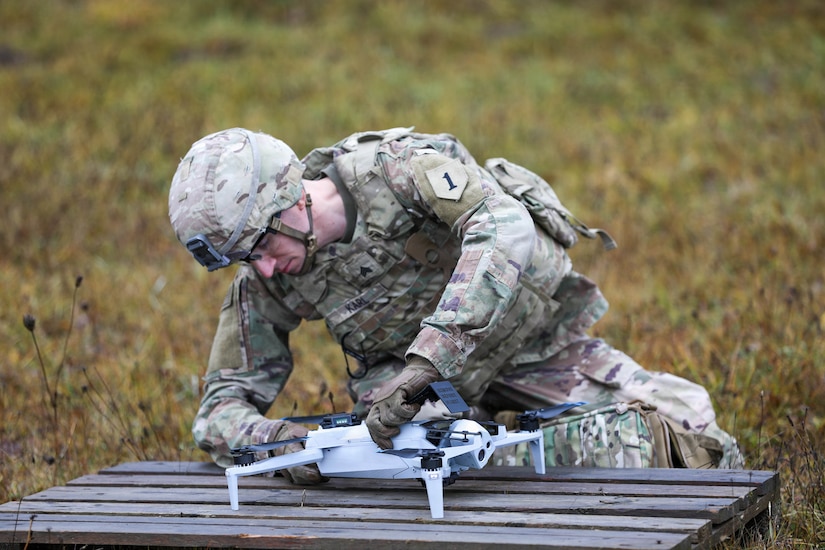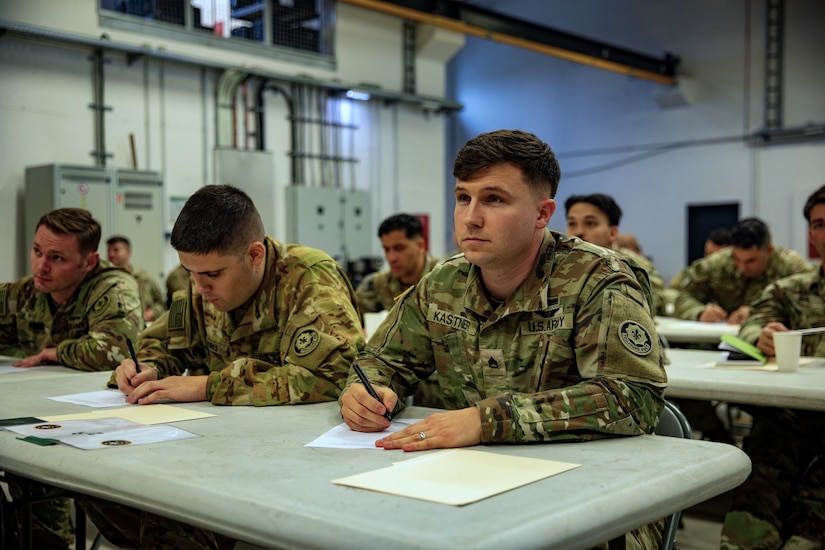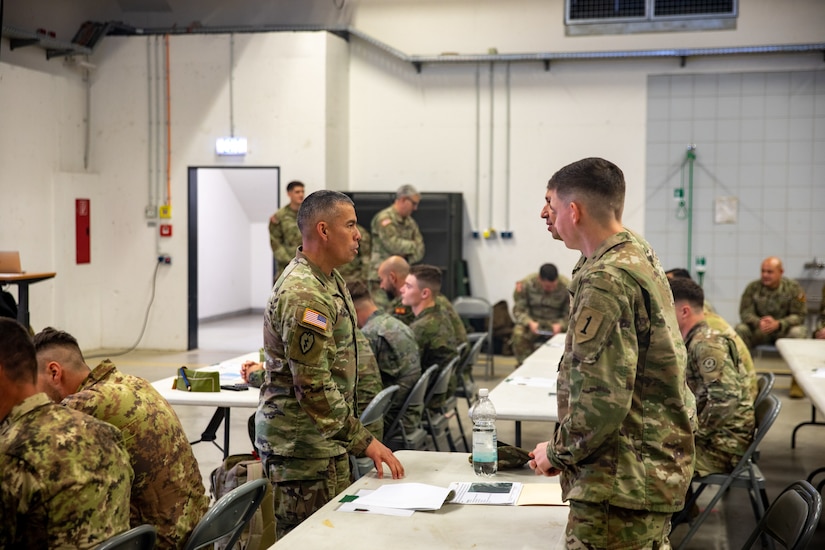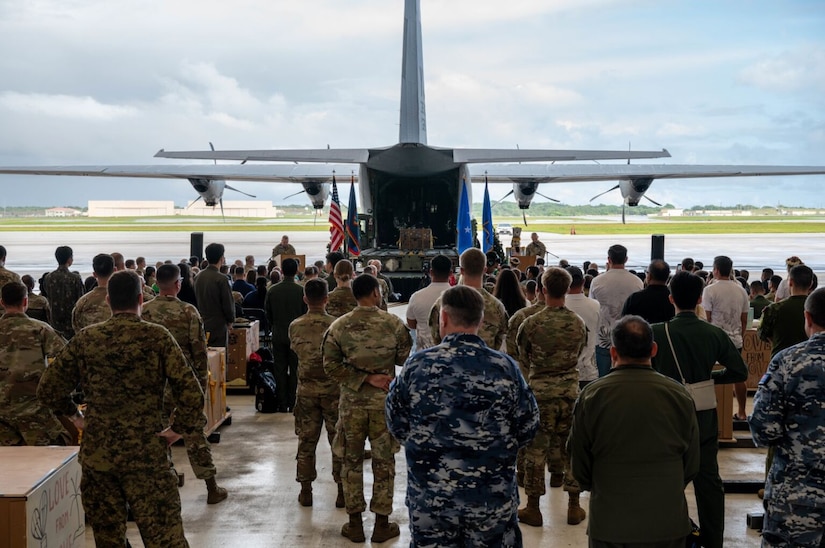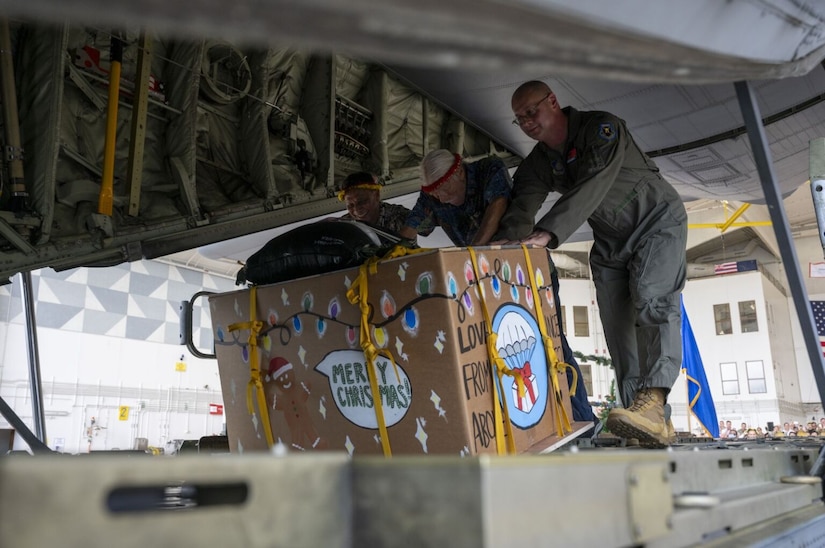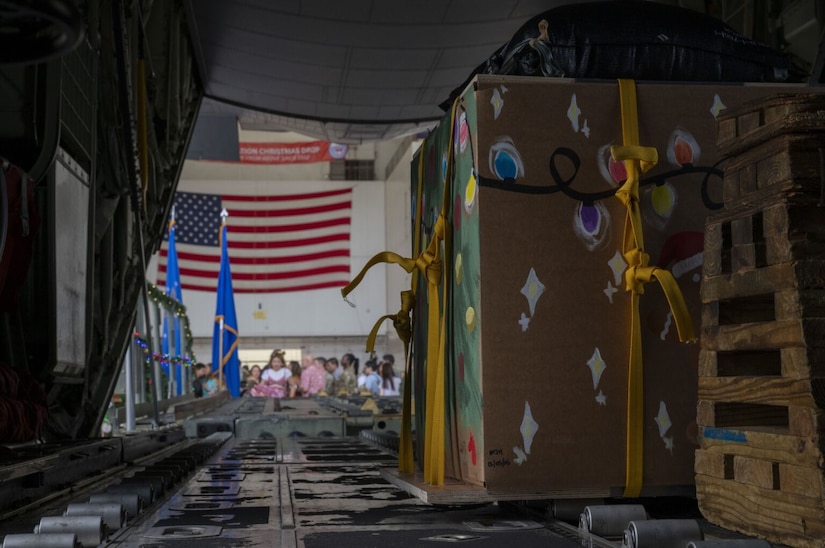This is a fictional account. Yet nothing in it is imagined without reference. The systems, capabilities, and behaviors described are drawn from documented military realities and the lessons of past conflicts—lessons that history shows are often forgotten until they reappear under new names, in new places, with familiar consequences.
Precipitating Event
The incident that would later be called The Gulf Miscalculation began without gunfire.
At 0417 local time, a Venezuelan air-defense radar site on the Paraguaná Peninsula detected a high-altitude track approaching from the north—steady speed, consistent heading, no transponder response. The operator, a lieutenant barely six months out of advanced training, flagged it as anomalous. The system had been temperamental for weeks, plagued by intermittent outages and calibration errors. But the track persisted.
The political atmosphere made caution impossible. For months, Caracas had warned of “imperialist reconnaissance flights” probing Venezuelan sovereignty. State television had replayed images of U.S. naval deployments in the Caribbean, narrating them as preparation for invasion. Senior officers had instructed air-defense units to demonstrate vigilance—any hesitation would be treated as dereliction.
The contact never crossed Venezuelan airspace. It did not need to.
At higher headquarters, a duty officer interpreted the track differently. The altitude and signature suggested a supporting asset—possibly an intelligence or refueling aircraft operating in international airspace but within theoretical engagement range. A request for clarification was sent up the chain. The reply came back terse: Maintain readiness. Do not allow provocation to go unanswered.
The rules of engagement had been rewritten two weeks earlier. They were defensive in language, aggressive in interpretation.
At 0431, the radar briefly lost lock, reacquired, then lost it again. The system’s software flagged potential electronic interference. To the operators, that confirmed hostile intent.
At 0436, authorization was granted at the sector level—not national command—to illuminate the track with fire-control radar. The action was framed as signaling, not attack.
The U.S. aircraft detected the illumination immediately.
Seven minutes later, a surface-to-air missile left its launcher—not on a firing solution, but close enough to remove doubt.
The missile self-destructed over the Caribbean.
The war began anyway.
Hour 0–6: Recognition
Washington learned of the incident not from Caracas, but from the crew.
The pilot’s voice came through calm but clipped: “We were painted. Missile launch detected. No damage. We are clear.”
In the National Military Command Center, the phrase missile launch detected froze the room. There was no ambiguity in the sensor data. This was not a flare. Not a radar glitch. Not a warning shot in the old sense.
It was an act.
The President was woken within minutes. The briefing was short, factual, and deliberately restrained. No mention was made of retaliation. Only confirmation.
Caracas, meanwhile, announced nothing.
Inside Miraflores Palace, the mood was celebratory, then uncertain. The Defense Minister framed the event as a successful deterrent action—proof that Venezuela would not be intimidated. The Foreign Ministry urged silence, hoping to shape the narrative before Washington could.
But Washington did not speak either.
That silence unnerved everyone.
Markets reacted before governments did. Oil futures spiked. Insurance underwriters quietly suspended coverage for commercial traffic in parts of the southern Caribbean. Airlines rerouted.
By dawn, both militaries had raised readiness levels—not mobilization, but posture. Ships adjusted spacing. Aircraft shifted orbits. Commanders were told to expect friction.
No one fired another shot.
Yet.
Hour 6–12: Posture
The United States did not respond with force. That decision surprised Caracas—and worried allies.
Instead, the response came as movement.
A Carrier Strike Group operating legally in international waters adjusted its position—not closer, but broader, widening its operational footprint. Support ships altered course. Surveillance assets multiplied. None crossed Venezuelan airspace.
This was escalation by geometry, not violence.
Publicly, the U.S. statement was brief: “An unprovoked missile launch against a U.S. aircraft operating in international airspace represents a dangerous and unacceptable action. The United States reserves the right to defend its forces.”
In Caracas, that sentence was dissected word by word.
Unprovoked.
International airspace.
Defend its forces.
State media denounced it as imperial rhetoric, but the military understood the subtext. The United States was asserting legal clarity, not emotional outrage. That was more dangerous.
Venezuelan air-defense units were ordered to disperse. Mobility drills commenced. Missile batteries relocated under camouflage nets and civilian cover infrastructure. Communications shifted to lower-power modes.
The problem was coordination.
Years of sanctions and internal political purges had hollowed out institutional trust. Units followed orders, but not always the same orders. Some commanders interpreted restraint as weakness. Others feared triggering something they could not control.
By mid-day, a Venezuelan coastal patrol vessel challenged a U.S. Navy ship over radio—routine, scripted language. The U.S. response was polite, professional, and recorded.
No shots fired.
But the sound of engines, radars, and voices filled the silence where diplomacy used to be.
Hour 12–24: Pressure Without Contact
The first night passed with no kinetic exchange.
That, too, was a decision.
U.S. doctrine emphasizes control of escalation—applying pressure without forcing the adversary into a corner where pride outweighs reason. That pressure came through information dominance.
Caracas discovered that several of its government websites were unreachable. No attribution was made. Power flickered briefly in parts of the capital, then returned. State television blamed aging infrastructure.
Inside the Venezuelan military, confusion spread. Orders contradicted each other. Some radar units were told to remain dark. Others were told to stay active. The fear was not attack—it was miscalculation.
In Washington, the President met with senior advisors late into the night. The question was not whether the United States could dominate the conflict. It was whether doing so would stabilize the region or shatter it.
Latin American allies urged restraint. Russia issued a statement calling for calm, conspicuously avoiding promises of support. China said nothing.
That silence was noticed.
At 0214 local time, a Venezuelan radar briefly locked onto another U.S. aircraft, then disengaged. The operator hesitated, finger hovering over the console.
He did nothing.
Hour 24–36: The First Casualties
The first casualties were not military.
A Venezuelan commercial vessel transiting near the Gulf of Venezuela reported GPS interference and altered course, colliding with a smaller fishing craft. Two sailors were lost at sea.
The government blamed U.S. electronic warfare. The United States denied involvement.
Both statements could be true.
By mid-morning, protests erupted in Caracas—not against the United States, but against uncertainty. Food deliveries slowed. Fuel lines lengthened. Rumors traveled faster than facts.
Inside the Venezuelan high command, a fracture emerged. One faction argued that the initial missile launch had succeeded—Washington had not struck back. Another argued the opposite: the absence of immediate retaliation meant the United States was shaping something larger.
The Defense Minister requested explicit political guidance.
The President hesitated.
Leadership in crisis is not about strength alone. It is about timing.
That hesitation would matter.
Hour 36–48: The Point of No Return
The second night brought clarity of a sort.
A Venezuelan air-defense unit, operating under degraded communications, detected a contact it believed was violating sovereign airspace. It was wrong. The track was a civilian aircraft rerouted due to regional instability.
The missile was launched.
It struck the aircraft at cruising altitude.
There were no survivors.
Within minutes, the truth was undeniable. The flight data. The debris field. The transponder logs.
This was no longer a bilateral incident.
Washington’s response was immediate and public.
“This was a tragedy born of reckless militarization,” the Secretary of State said. “It will not go unanswered.”
Carrier aircraft did not launch strikes. Not yet.
But the world understood what had changed.
The conflict was no longer hypothetical.
It had names.
Epilogue of the First Forty-Eight Hours
By the end of the second day, both sides had lost control of the narrative they believed they commanded.
The United States had not sought war—but it now faced one.
Venezuela had sought deterrence—but had demonstrated danger.
Neither had planned the path from radar lock to catastrophe.
That is how modern wars begin.
Not with declarations.
But with systems, stress, and human judgment failing at the same moment.
